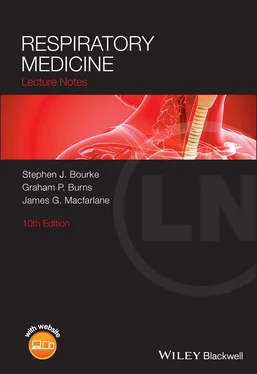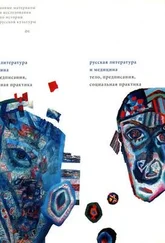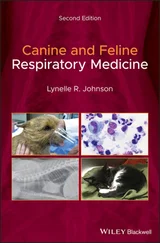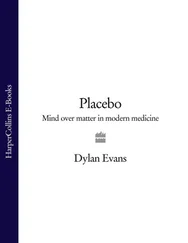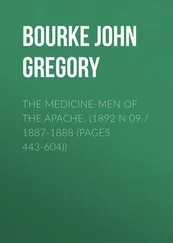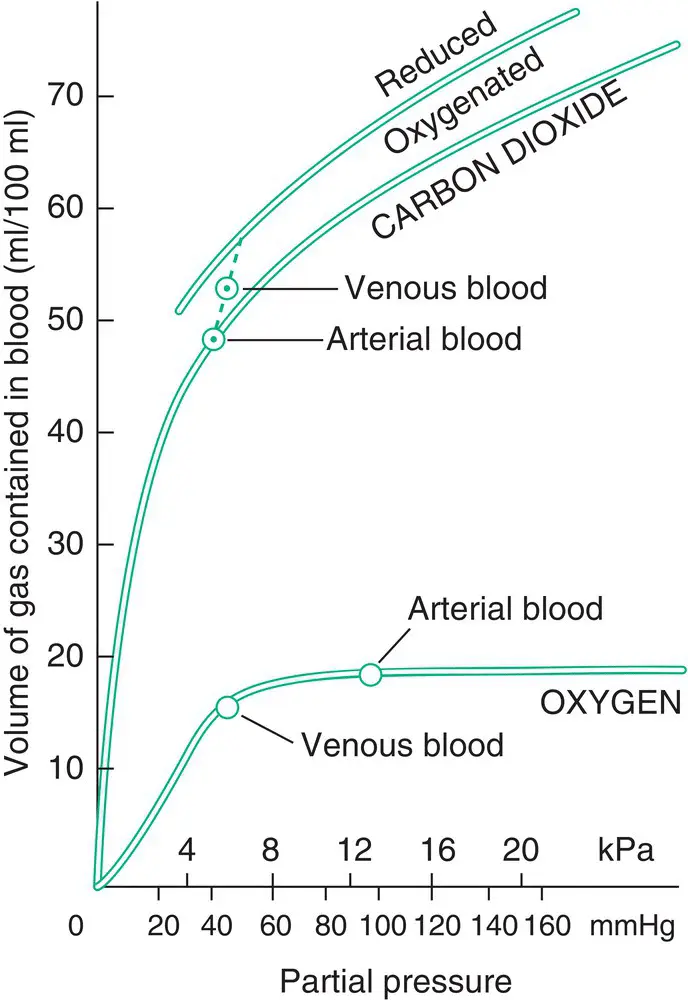
Figure 1.9 Blood oxygen and carbon dioxide dissociation curves drawn to the same scale.
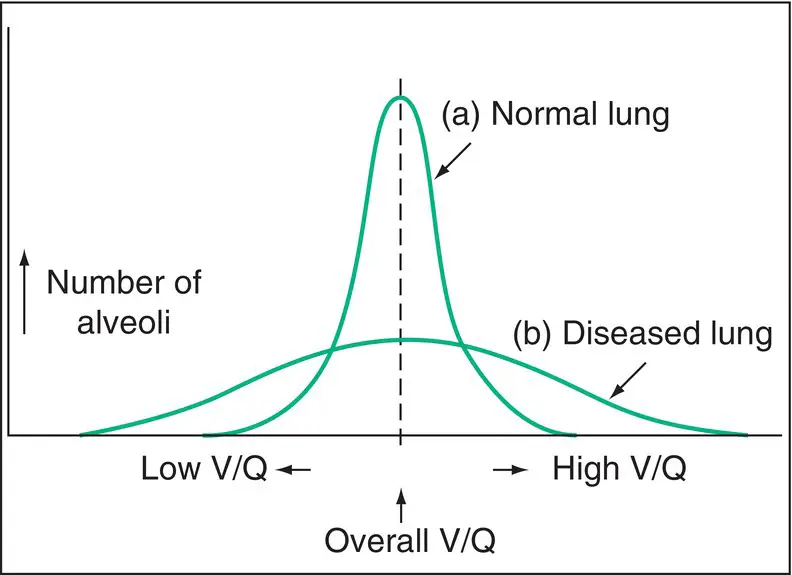
Figure 1.10 Distribution of V/Q relationships within the lungs. Although the overall V/Q ratio is the same in the two examples shown, the increased spread of V/Q ratios within the diseased lung (b) will result in a lower arterial oxygen tension and content than in the normal lung (a). Arterial PCO 2will be similar in both cases.
Fig. 1.11b and c show regions of low and high V/Q, respectively, while Fig. 1.11d shows the result of mixing blood from these two regions. Fig. 1.11a shows normal V/Q, for contrast.
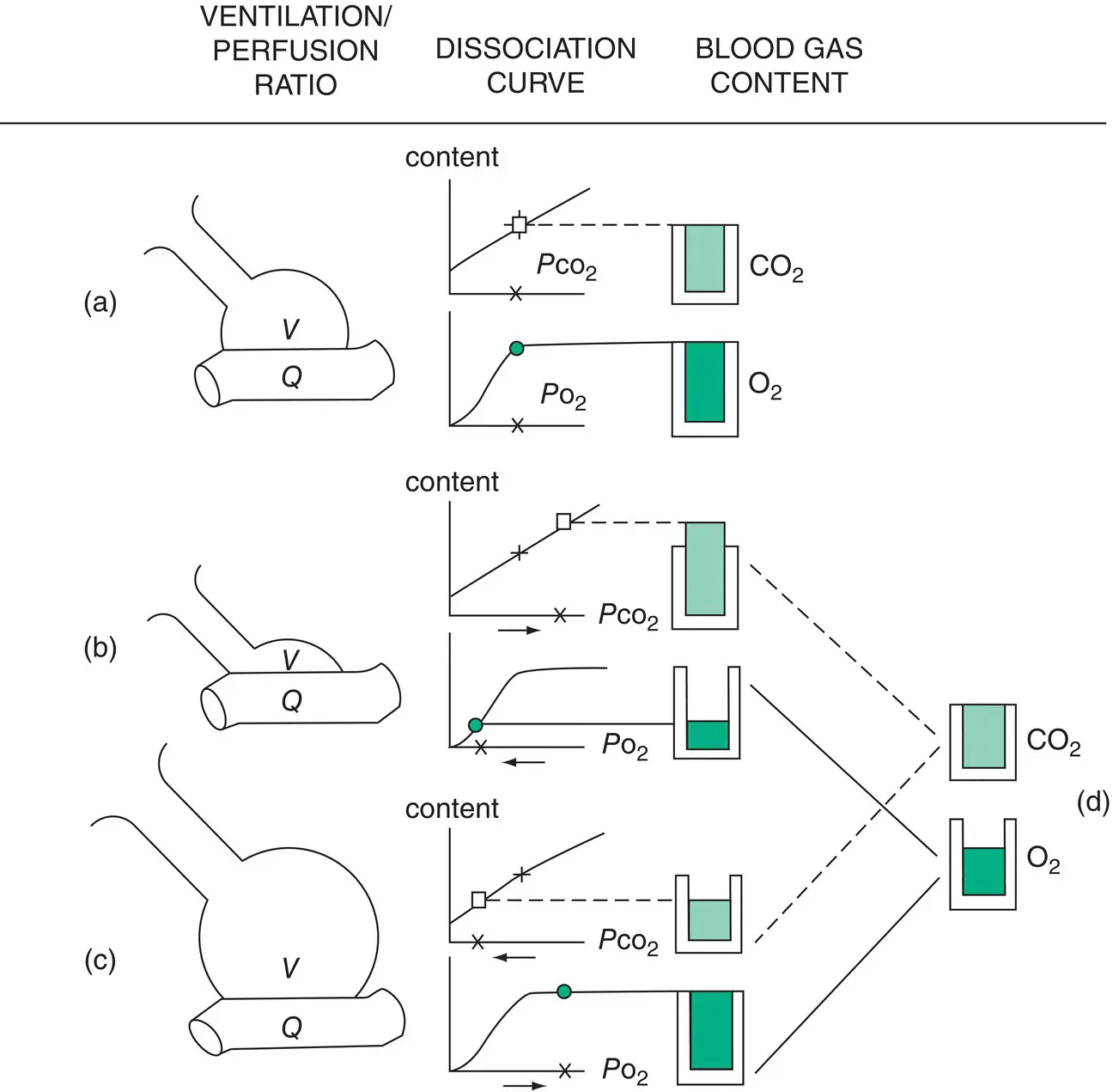
Figure 1.11 Effect of V/Q imbalance. (a) Appropriate V/Q. The V/Q ratio is shown diagrammatically on the left. When ventilation is appropriately matched to perfusion in an alveolus or in the lung as a whole, the PCO 2is about 5.3 kPa (40 mmHg) and the PO 2is about 12.6 kPa (95 mmHg). The dissociation curves shown in the centre of the diagram describe the relationship between the blood gas tension and the amount of gas carried by the blood. The normal blood gas contents are represented very diagrammatically on the right. (b) Low V/Q. Reduced ventilation relative to blood flow results in a rise in arterial PCO 2and a fall in PO 2. Reference to the dissociation curves shows that this produces a rise in arterial CO 2content and a fall in O 2content. (c) High V/Q. Increased ventilation relative to blood flow results in a fall in PCO 2and a rise in PO 2. Reference to the dissociation curves shows that this results in a fall in CO 2content below the normal level but no increase in O 2content. In health, the vast majority of alveoli have an appropriate balance of ventilation and perfusion and the arterial blood has a normal CO 2and O 2content, as shown in (a). In many disease states, the V/Q ratio varies widely between areas. Such variation always results in a disturbance of blood gas content. The effects of areas of low V/Q are not corrected by areas of high V/Q. The result of mixing blood from areas of low and high V/Q is shown diagrammatically on the extreme right (d). It can be seen that, with respect to CO 2content, the high content of blood from underventilated areas is balanced by the low content from overventilated areas. However, in the case of O 2, the low content of blood from underventilated areas cannot be compensated for by an equivalent increase in the O 2content of blood from overventilated areas. Arterial hypoxaemia is inevitable if there are areas of low V/Q (relative underventilation or overperfusion) .
Effect on arterial CO 2content
Blood with a high CO 2content returning from low‐V/Q areas mixes with blood with a low CO 2content returning from high‐V/Q areas. The net CO 2content of arterial blood may be near normal, as the two balance out.
Effect on arterial O 2content
Here the situation is different. Blood returning from low‐V/Q areas has a low PO 2and low O 2content, but there is a limit to how far this deficit can be made good by mixture with blood returning from high‐V/Q areas. Blood returning from a high‐V/Q area will have a high PO 2but is unable to carry more than the ‘normal’ quantity of oxygen, as the haemoglobin will already be saturated.
Areas of low V/Q result in a rise in arterial CO2 and a fall in arterial O2 content.
Increased ventilation in areas of high V/Q may balance the effect on CO2 content but will only partially correct the reduction in O2 content; a degree of hypoxaemia is inevitable.
It follows that, where arterial oxygen levels are lower than would be expected from consideration of PaCO2 (overall ventilation) alone, there must be a disturbance to the normal V/Q matching system in the lung; that is, there is likely to be an intrinsic problem with the lung or its vasculature.
When interpreting arterial blood gas results, it is often important to know whether an observed low P aO 2can be explained by underventilation alone or whether a problem with the lung or pulmonary vasculature is present. The tool we use for this task is the alveolar gas equation.
The alveolar gas equation
An understanding of the relationship between P aCO 2and P aO 2is critical to the interpretation of blood gases (see Chapter 3). The relationship can be summarised in an equation known as the alveolar gas equation.
Pure underventilation leads to an increase in PaCO2 and a ‘proportionate’ fall in PaO2. This is known as type 2 respiratory failure.
A disturbance in V/Q matching leads to impaired gas exchange with a fall in PaO2 but no change in PaCO2. This is known as a type 1 respiratory failure.
Because these two problems can occur simultaneously, the alveolar gas equation is needed to determine whether an observed fall in PaO2 can be accounted for by underventilation alone or whether there is also an intrinsic problem with the lungs (impairing gas exchange).
Rather than merely memorise the alveolar gas equation, spend just a moment here understanding its derivation (this is not a rigorous mathematical derivation, merely an attempt to impart some insight into its meaning).
Imagine a lung, disconnected from the circulation, being ventilated. Clearly, in a short space of time, P AO 2will come to equal the partial pressure of oxygen in the inspired air (P IO 2):

In real life, the pulmonary circulation is in intimate contact with the lungs and is continuously removing O 2from the alveoli. The alveolar partial pressure of O 2is therefore equal to the partial pressure in the inspired air minus the amount removed.
If the exchange of oxygen for carbon dioxide were a 1:1 swap then the amount of O 2removed would equal the amount of CO 2added to the alveoli and the equation would become:

The CO 2:O 2exchange, as already discussed, is, however, not usually 1:1. The RQ is usually taken to be 0.8.
Thus:

As CO 2is a very soluble gas, P ACO 2is virtually the same as P aCO 2. P aCO 2(available from the blood gas measurement) can therefore be used in the equation in place of P ACO 2:

This is (the simplified version of ) the alveolar gas equation. If P IO 2is known then P AO 2can be calculated.
But, so what? What do we do with the P AO 2?
Unlike in the case of CO 2, there is normally a difference between alveolar and arterial PO 2(which should be the greater?). The difference P AO 2− P aO 2is often written P A–aO 2and is known as the alveolar–arterial (A–a) gradient. In healthy young adults, breathing air, this gradient is small; it would be expected to be comfortably less than 2 kPa. If the gradient is greater than this then the abnormality in the blood gas result cannot be accounted for by a change in ventilation alone; there must be an abnormality intrinsic to the lung or its vasculature causing a disturbance of V/Q matching. For examples, see the multiple choice questions at the end of the chapter.
Читать дальше
